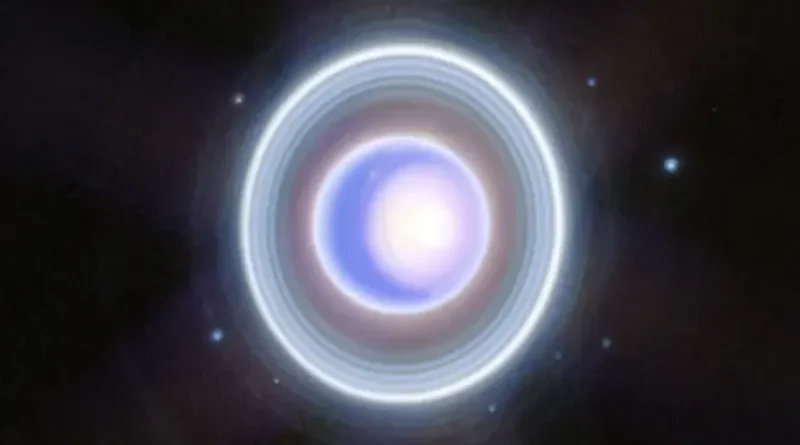Scientists reveal amazing insight about Uranus
Experts studying Uranus noted in their research that they encountered something very astonishing about the seventh planet of our solar system.
They found in their study, published in the journal arXiv, that the quantity of methane gas in the ice giant is much more than previously known, and surprisingly it is not in gaseous form, reported Metro UK.
Uranus does not have the gas completely frozen or squishy. Scientists estimated that only 10% of the planet may have a soft form of it.
The current findings challenged the earlier notion that Uranus was full of water and ice.
Astronomers are now trying to ascertain the cause of its massive size when the solar system was being formed.
When our solar system was coming into its current form, scientists believed that planets initially were clouds and dust around our sun.
As these space materials began to group, they eventually transformed into different planets.
Among the objects accumulated also included planetesimals, which range from a few miles wide to several hundred miles in size.
According to the report, these massive objects inside Uranus are believed to resemble comets from the Kuiper Belt.
If there is some credence, then those comets do not possess material that can allow making water. If Uranus is full of such material, then where did the ice come from?
Since it is far, very little is known about the planet and only one spacecraft, Voyager 2, has ever flown past it.
However, using technological equipment, scientists were able to identify thin hydrogen and helium outer layers with a rocky core.
In between experts believe there is water 50,000 as much as on Earth.
Experts using different models learned that methane is either solid or in a mushy state between the outer and icy layers.

